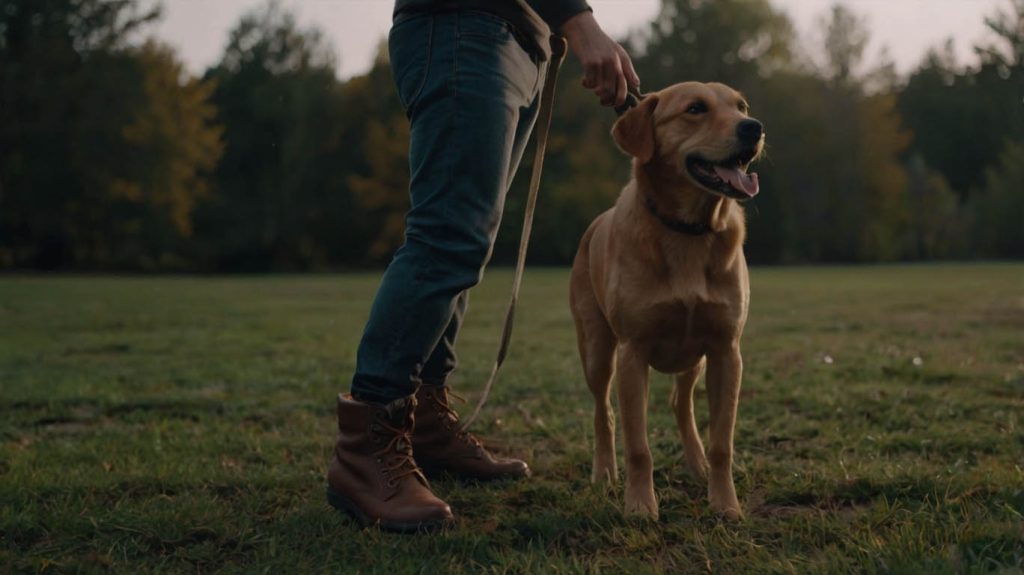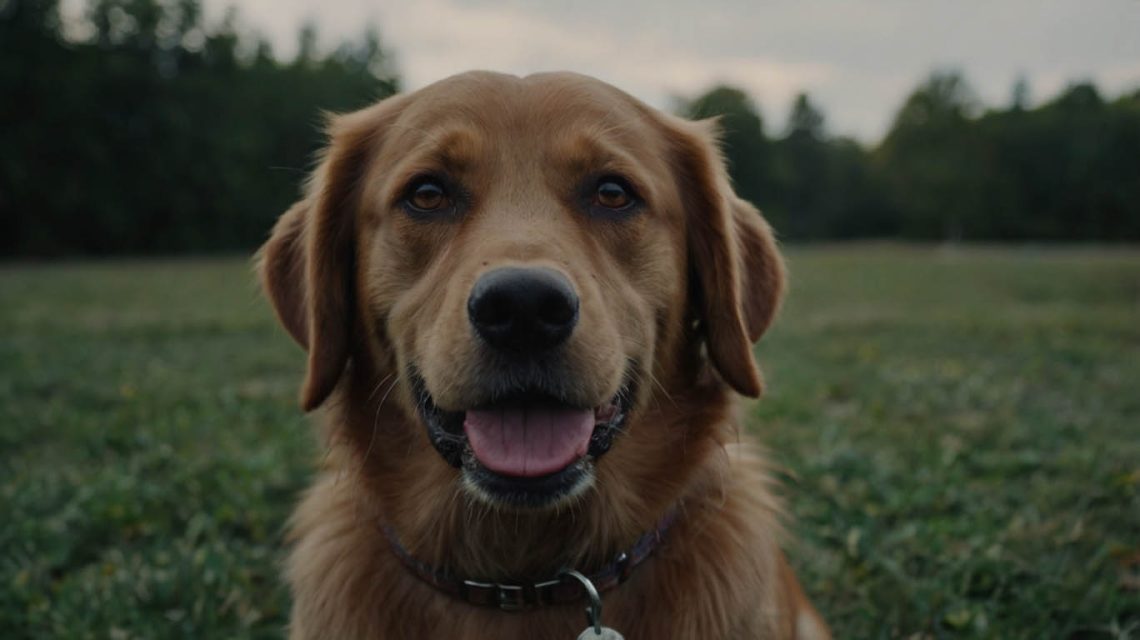Training your dog without relying on food might seem challenging at first. After all, treats are the go-to tool in most dog training guides. However, not all dogs are food motivated—and sometimes, owners simply want to reduce dependency on snacks. If you’ve ever wondered how to train a dog without treats, you’re in the right place.
In this article, we’ll explore reward alternatives, positive reinforcement strategies, and real-world stories that prove you don’t need a pocket full of kibble to raise a well-behaved dog. Whether your dog has dietary restrictions, allergies, or just isn’t food-driven, this guide will help you build lasting obedience without reaching for a treat bag.
Why Some Owners Choose to Train Without Treats
Food is a common training reward—but it’s not the only one. There are several reasons dog owners decide to train without treats:
- Their dog isn’t food motivated
- The dog has dietary restrictions or allergies
- The owner wants to avoid overfeeding
- They want longer-lasting behavior change
- They prefer building stronger emotional bonds
Whatever your reason, knowing how to train a dog without treats opens up a world of alternative, effective reinforcement techniques.

Case Study: Rocky the Rescue’s Transformation
Rocky, a 4-year-old rescue German Shepherd, wasn’t interested in treats. His new owner, Julia, struggled to teach even the basics. After switching to play-based rewards and using consistent verbal praise, Rocky not only learned commands but also built a trusting bond with Julia. Now, he heels on command, comes when called, and even greets new visitors politely—all without ever using food.
Rocky’s story proves that how to train a dog without treats isn’t just theory—it’s a proven path for real results.
Understanding Motivation Beyond Food
Dogs respond to rewards, but that doesn’t always mean edible ones. Rewards can be:
- Praise (“Good boy!” in an upbeat tone)
- Toys (especially tug or fetch)
- Access to desired things (like going outside)
- Freedom (like being released from a “stay”)
- Physical affection (belly rubs, scratches behind the ears)
The key to training a dog without treats lies in discovering what your dog values most.
Start with a Strong Relationship
Training without treats relies heavily on a solid bond between you and your dog. Build that relationship with:
- Consistent daily routines
- Regular interactive play sessions
- Clear communication using body language and voice
- Respect for your dog’s space and emotional needs
Trust makes your dog more willing to engage and learn—essential when you’re focused on how to train a dog without treats.
Use Play as a Powerful Reinforcer
Many dogs are toy-driven. In fact, for some, a game of tug or fetch is more exciting than a biscuit. Here’s how to use it effectively:
Training with Fetch:
- Ask for a behavior like “sit.”
- Immediately toss the ball as a reward.
- Repeat with short commands to keep engagement high.
- Only throw the ball if the dog performs the cue correctly.
Training with Tug:
- Begin tug only after a command is performed.
- Keep sessions short (10–15 seconds).
- Ask for a release (“drop it”) and reinforce with another cue.
- Use the game itself as the reward cycle.
Play becomes the ultimate motivator when used strategically in how to train a dog without treats.

Harness the Power of Praise and Tone
Your voice is an incredible tool. Dogs are sensitive to pitch, enthusiasm, and emotion. When training:
- Use high-pitched, enthusiastic tones to praise correct behavior.
- Pair your words with gentle petting or clapping.
- Make your praise consistent and immediate.
For example, a cheerful “Yes! Good job!” when your dog lies down on command becomes just as rewarding as a biscuit.
Create a Marker Word for Reinforcement
Treat-based training often uses clickers. You can replicate this reinforcement without food by creating a verbal marker, such as:
- “Yes!”
- “Good!”
- “Nice!”
Use the marker immediately after the desired behavior. Over time, this word becomes meaningful to your dog and reinforces behavior even without a treat follow-up.
Incorporate Life Rewards
Dogs crave more than treats—they want access, freedom, and fun. Use these everyday events as rewards:
- Open the door only after a “sit”
- Clip the leash after a “stay”
- Toss a toy after a recall
- Let your dog sniff a tree only after loose-leash walking
Training through life rewards not only builds manners but also fits naturally into your day-to-day routine.
How to Train a Dog Without Treats Using Capturing
“Capturing” is the process of rewarding natural behavior you want to reinforce. Here’s how:
- Watch for behaviors like sitting, lying down, or coming to you.
- Use your marker word immediately.
- Pair it with praise or a quick play.
- Name the behavior once it’s consistent.
Capturing shapes your dog’s habits and teaches them that you are the source of good things—even when treats aren’t involved.
Avoid These Common Mistakes in No-Treat Training
❌ Inconsistent praise or timing
❌ Not understanding what your dog values
❌ Repeating commands without consequence
❌ Overusing harsh corrections
❌ Assuming food is the only motivator
Training without treats still requires structure, motivation, and engagement—just delivered in alternative ways.
Training Tips for Specific Commands Without Treats
Sit
Use body movement and verbal praise. Gently lift your hand above the dog’s nose until they sit, then immediately praise and release.
Stay
Start small. Use a firm voice and reinforce with “good stay” while increasing duration. Reward with freedom or a game.
Come
Call your dog with an excited tone. When they arrive, celebrate with praise, a quick tug game, or a walk.
Heel/Loose-Leash Walking
Practice indoors. Use frequent verbal praise and change directions to keep them engaged with you, not the environment.
Case Study: Finn the Focused Frenchie
Finn, a 3-year-old French Bulldog, struggled with leash pulling. His owner ditched treats and switched to a praise-and-play combo. Every time Finn walked without pulling, he earned a game of “touch” (nose to hand) followed by enthusiastic praise. Within two weeks, Finn stopped pulling and began checking in frequently on walks.
This case shows that how to train a dog without treats works—when your rewards are meaningful and consistent.
When Treat-Free Training May Not Be Enough
Although treat-free training is powerful, there are times when a blended approach may help, such as:
- Working with highly distracted environments
- Training a dog with strong fear or anxiety
- Teaching advanced or complex tricks
In those cases, treats can be reintroduced as a bridge—not a crutch.
FAQs
Can you train any dog without treats?
Yes! Every dog has a unique motivator. Some respond better to toys, affection, or life rewards.
Is training without treats slower?
It can be at first, but often results in deeper, longer-lasting behavior since the bond—not the biscuit—drives it.
How do I phase out treats if I used them before?
Gradually replace treats with praise, play, or life rewards. Make treats more random and less frequent.
Can praise alone really replace food?
Absolutely. When delivered with energy and timing, praise can become just as meaningful.
What if my dog loses interest without treats?
Try different motivators. Tug, fetch, chase, or affection can reignite your dog’s engagement.
Conclusion: Build Behavior, Not Snack Habits
Training a dog without food isn’t just possible—it’s often more rewarding. By focusing on trust, communication, and real-world rewards, you teach your dog to respond because they want to, not because they expect a snack.
So if you’re ready to explore how to train a dog without treats, know this: your dog is watching, learning, and connecting with you—no cookies required.


